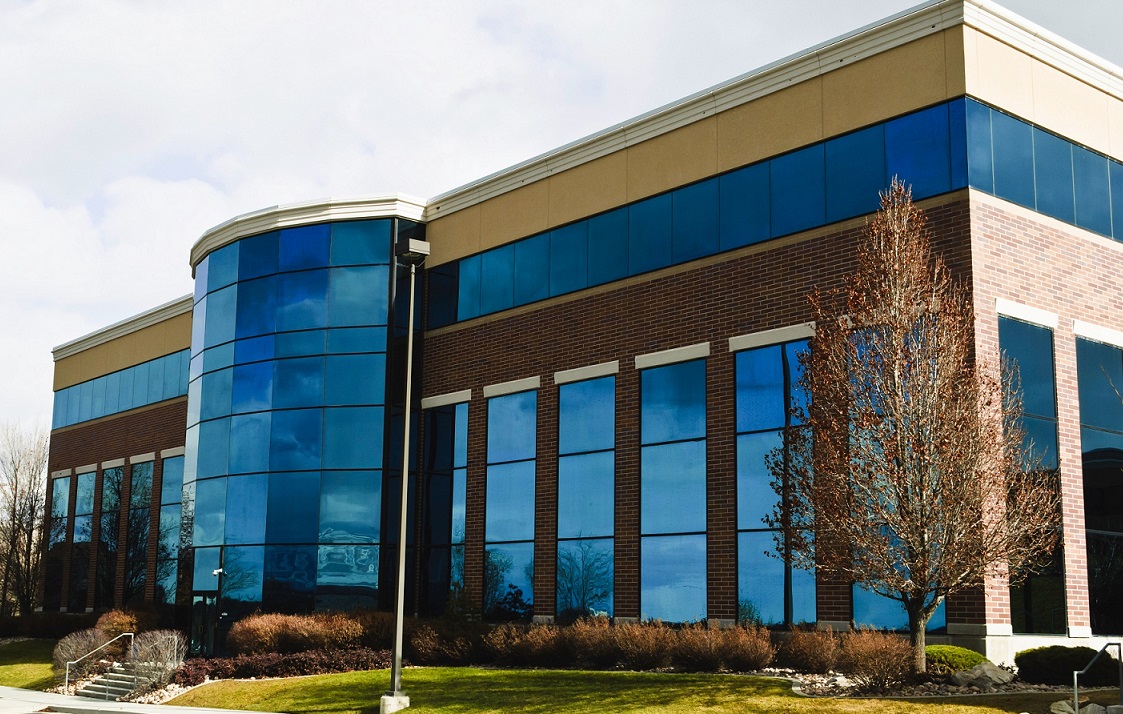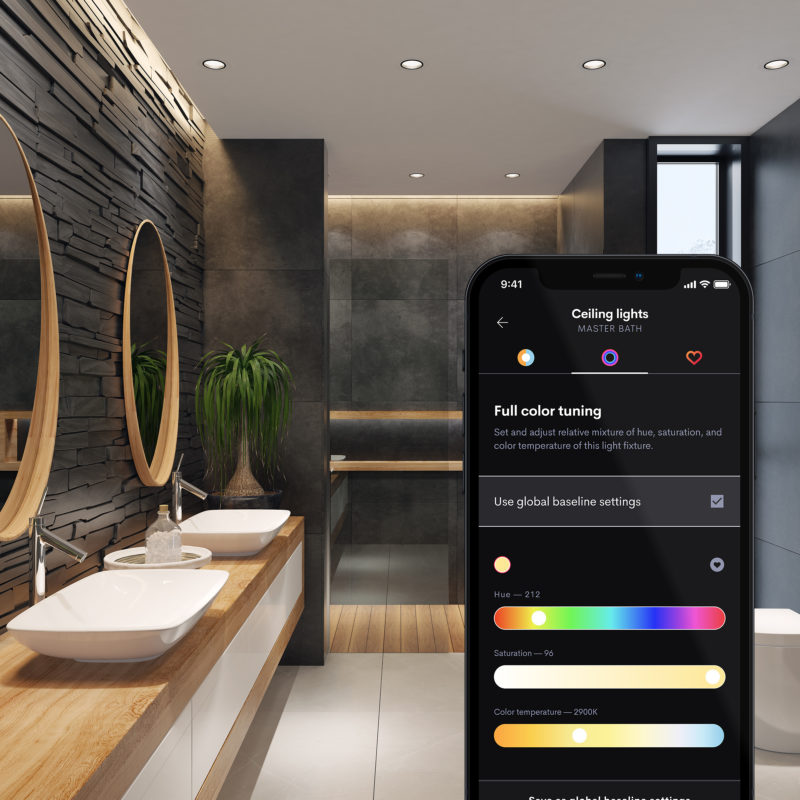Three Facts You Should Know to Intelligently Automate your Building
 Very few buildings even today are intelligently automated, and the few that do are the large showcase projects. Are you building new office space, or perhaps refreshing a couple floors at a time of your current space? If yes, take two minutes to let me share experiences of 30+ years in automation and I will explain why its not getting done today.
Very few buildings even today are intelligently automated, and the few that do are the large showcase projects. Are you building new office space, or perhaps refreshing a couple floors at a time of your current space? If yes, take two minutes to let me share experiences of 30+ years in automation and I will explain why its not getting done today.
First I will tell you that to intelligently automation a building the system is working against you, because truthfully you don’t know what you don’t know and a low bid plan means that the winning contractor is typically not going to share changes that will hit their bottom line – they are going to provide exactly what is in the contract, nothing more, nothing less. The next challenge is that seamless automation is not anywhere close to main stream, and so designers are not yet experienced in how to make that happen for any size building. Finally, many equipment combinations are just not compatible (say what?), so what seems to be simple integration is often difficult if not impossible.
What is typically done today in most any standard building is:
- HVAC is automated, but stand alone*.
- Lighting is automated, but stand alone*.
- Access control is automated, but stand alone*.
- Audio Visual is automated, but stand alone*.
*By “stand alone” I mean that system is not making decisions based on information from the other systems.
I bet you may be looking at something like this wall clutter (image below) in your own building today, and wondering why all these control points could not be combined or even removed entirely? Please Read on…
This recent customer in the image above paid a lot to get high tech stuff in the building, but the problem is the trades don’t communicate and they many not have been in the building at the same time during build out. There was a lot of finger pointing with this, but the contracts were met and the customer would have to come out of pocket to bring all this together. This common scene is unfortunate, but very common today even with honest attempts at practical integration. Truth be told fully integrated intelligent automation is cutting edge and finding a design team that can do this is a challenge, and frequently lost in the value engineering phase. Fear not because you can still bring this about with a little knowledge on how the “build out system” really works, and some easy informed planning.
Hand this list over to your building design committee and you will be well ahead of the standard building today;
- HVAC should be centrally controlled by a central Building Automation System (BAS) using BACnet the ASHRAE standard for building communications.
- HVAC will gather occupancy status from the lighting control system via BACnet. There will not be separate occupancy sensors for both systems in the same spaces.
- Lighting Control will communicate with the audiovisual (AV) systems in each space AV installed. The AV system should have the ability to dim lighting appropriate to presentation media needs.
- Occupancy sensors will perform a majority of lighting control. Schedules should control common areas (e.g., main lobbies, elevator lobby, hall ways, exterior signage and architectural lighting ).
- Beacons working with occupancy sensors will recognize user roles and offer more or less control on touch panels in AV integrated spaces. Beacons will also provide employee location and tracking.
- Access control informs the building when known users enter and leave. The BAS will turn on and off unused spaces as users leave (overridden by occupancy sensors).
Ok so no simple list of this few items could be the perfect system, but I’m telling you that these are the items that are missed most often and if you get this entire list your building is in the 1 percentile.
The author Richard Blackwell began his automation career at sea with the U.S. Navy as a Nuclear Propulsion Plant Supervisor. Later he was awarded the first patent for videoconferencing integration of banking systems. The next stop was with the brand new Saturn Car Company where he envisioned and created GM’s first intranet web based automation. For almost two decades now he has been driving the message for the merge of all low voltage services in buildings, and intelligent integration of all building automation.







